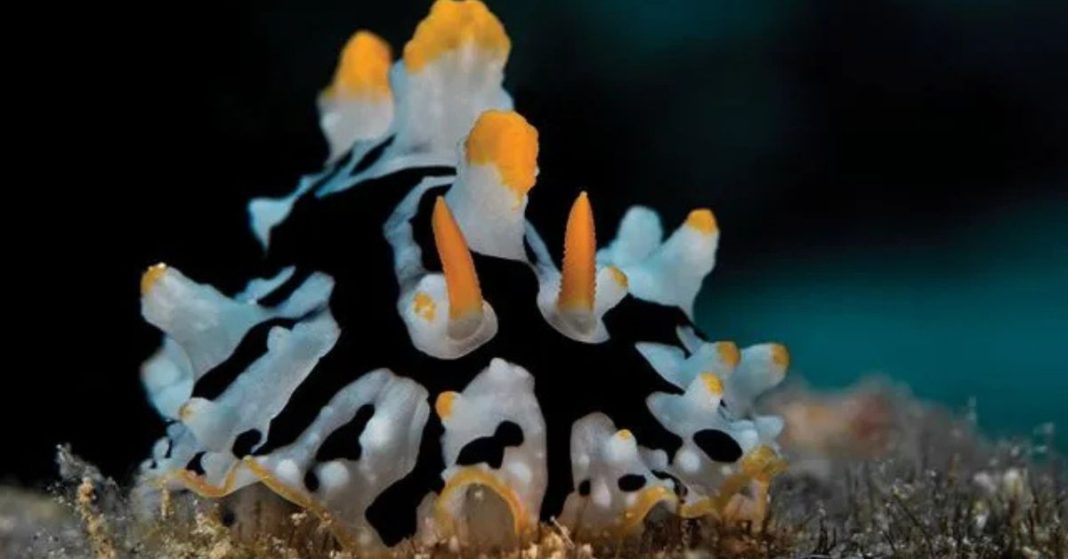In a significant stride for marine biology, researchers have officially identified two new Wart Sea Slug Species off the coast of North Sulawesi, Indonesia. These newly described species—Phyllidia ovata and Phyllidia fontjei—are vivid additions to the diverse marine ecosystem of the Indo-Pacific region. The discovery not only highlights the region’s rich biodiversity but also the crucial role of citizen science and international teamwork in uncovering the ocean’s hidden wonders.
Discovery and Collaboration of New Wart Sea Slug Species
This remarkable scientific achievement came from the collaborative work of five women scientists from Germany, Indonesia, and Wales. The discovery of Phyllidia ovata was the result of over two decades of underwater photography spanning Indonesia, Japan, Taiwan, the Philippines, and Australia. In contrast, the elusive Phyllidia fontjei—smaller and more difficult to find—was mainly spotted in Indonesia, Malaysia, and the Andaman Sea.
Both species belong to the Phyllidiidae family, known for their striking color patterns and chemical defences, which they acquire from feeding on toxic sponges.
Meet Phyllidia ovata: The Egg-Shaped Wonder
Size: Up to 5 cm
Distinctive Features: Rounded, egg-like shape and vibrant appearance
Although divers and marine photographers had been capturing images of this species for years, it was only recently formally recognized due to newly collected specimens from North Sulawesi. Its name, ovata, reflects its oval body shape, setting it apart from similar-looking wart sea slugs.
Introducing Phyllidia fontjei: A Tribute to Indonesian Science
Size: Just 16 mm
Named After: Dr. Fontje Kaligis, an Indonesian biodiversity researcher
Tiny but captivating, Phyllidia fontjei was classified from a single holotype specimen, which underwent detailed anatomical analysis. This miniature sea slug is found primarily in the Andaman Sea, with additional sightings in Malaysia and Indonesia. Its classification serves as a tribute to local scientific contributions and marine exploration.
Citizen Scientists: Unsung Heroes of the Ocean
This discovery would not have been possible without the help of enthusiastic citizen scientists. Photos and observations shared on platforms like iNaturalist, Facebook, and niche sea slug forums provided essential visual records. These community efforts enabled researchers to track the presence and distribution of both new species, even in the absence of physical specimens.
Why These Discoveries Matter
The waters around North Sulawesi are home to over 350 known sea slug species, yet nearly 100 are still undescribed or unidentified. Discovering Phyllidia ovata and Phyllidia fontjei sheds light on how much remains to be explored in the region’s marine ecosystems.
Beyond their visual appeal, wart sea slugs play a key ecological role. Their unique chemical defenses and striking appearances make them valuable subjects for marine biodiversity research and conservation strategies.
Conclusion: A Colorful Reminder of the Ocean’s Mysteries
The discovery of these two new wart sea slugs is more than a scientific milestone—it’s a reminder of the ocean’s vast, hidden beauty and the power of global cooperation. It also proves that anyone—from professional scientists to hobbyist divers—can contribute meaningfully to science and help shape our understanding of Earth’s underwater realms.




